Understanding Bacterial Eye Infections
As a parent, it's essential to be aware of the various types of bacterial eye infections that can affect our children. Bacterial eye infections are caused by harmful bacteria that invade the eye or the area surrounding the eye, resulting in discomfort, redness, and discharge. In this section, we will discuss the common causes of bacterial eye infections, how they develop, and the factors that may increase your child's risk of contracting one.
Some of the most common bacterial eye infections include conjunctivitis (also known as pink eye), styes, and keratitis. These infections can be caused by various bacteria, including Staphylococcus aureus, Streptococcus pneumoniae, and Haemophilus influenzae. Bacterial eye infections can develop when bacteria from contaminated surfaces or other infected individuals come into contact with the eye. Factors that may increase your child's risk of developing a bacterial eye infection include poor hand hygiene, exposure to someone with an infection, and the use of contaminated eye makeup or contact lenses.
Recognizing the Symptoms of Bacterial Eye Infections
Being able to recognize the symptoms of bacterial eye infections is crucial for ensuring your child receives prompt and appropriate treatment. Some common symptoms of bacterial eye infections include redness, swelling, and discharge from the eye. The discharge may be yellow, green, or white in color, and it can cause the eyelids to stick together, especially after sleep.
Other symptoms of bacterial eye infections may include itching, burning, or a gritty sensation in the eye, as well as sensitivity to light and blurred vision. In some cases, your child may also experience fever or swollen lymph nodes near the ear or jaw. If you notice any of these symptoms in your child, it's essential to consult with a healthcare professional as soon as possible to determine the cause and initiate appropriate treatment.
Preventing Bacterial Eye Infections
Preventing bacterial eye infections is a crucial aspect of maintaining your child's eye health. There are several steps you can take to minimize the risk of your child developing a bacterial eye infection. First and foremost, teach your child the importance of good hand hygiene. Encourage them to wash their hands frequently with soap and water, especially after touching their face or eyes, and before and after using the bathroom or eating.
Additionally, discourage your child from sharing personal items such as towels, washcloths, and eye makeup, as these can harbor bacteria and contribute to the spread of infections. If your child wears contact lenses, ensure they follow proper lens care, including cleaning and disinfecting their lenses regularly and replacing them according to the manufacturer's guidelines. Finally, keep your child's living environment clean and free of dust and allergens, as these can irritate the eyes and make them more susceptible to infection.
Treating Bacterial Eye Infections
If your child is diagnosed with a bacterial eye infection, it's essential to follow the prescribed treatment plan to ensure a full recovery. In most cases, bacterial eye infections are treated with antibiotic eye drops or ointment, which help to eliminate the harmful bacteria causing the infection. Your healthcare professional will provide instructions on how to properly apply the medication, and it's important to follow these guidelines closely to ensure the infection clears up completely.
In addition to using the prescribed medication, there are several steps you can take to help alleviate your child's symptoms and promote healing. Encourage your child to avoid touching or rubbing their eyes, as this can exacerbate the infection and spread bacteria. Applying a warm compress to the affected eye can help to relieve discomfort and reduce swelling. Finally, ensure your child gets plenty of rest and stays hydrated, as this can support their immune system and aid in their recovery.
When to See a Healthcare Professional
While many bacterial eye infections can be treated effectively with at-home care and over-the-counter remedies, it's important to consult with a healthcare professional if you're unsure about your child's symptoms or if their condition worsens. Signs that your child may need medical attention include severe pain, intense redness and swelling, a high fever, or if their vision is affected.
Additionally, if your child's symptoms do not improve within 24-48 hours of starting treatment, it's essential to contact your healthcare provider, as this may indicate that the infection is not responding to the prescribed medication or that there is an underlying issue that needs to be addressed. By seeking prompt medical attention when necessary, you can help ensure your child's eye health and prevent complications from bacterial eye infections.


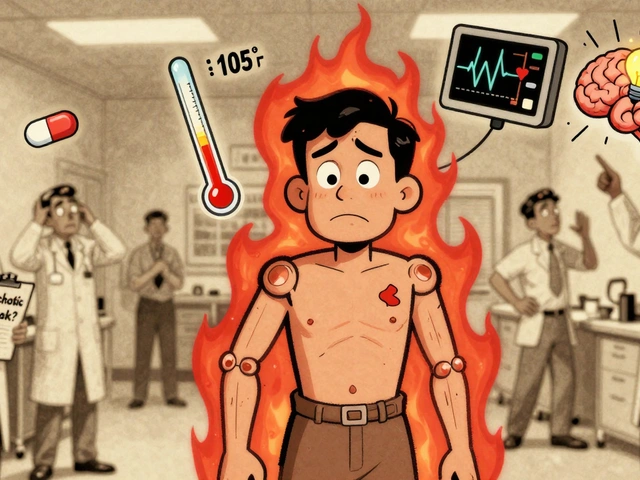
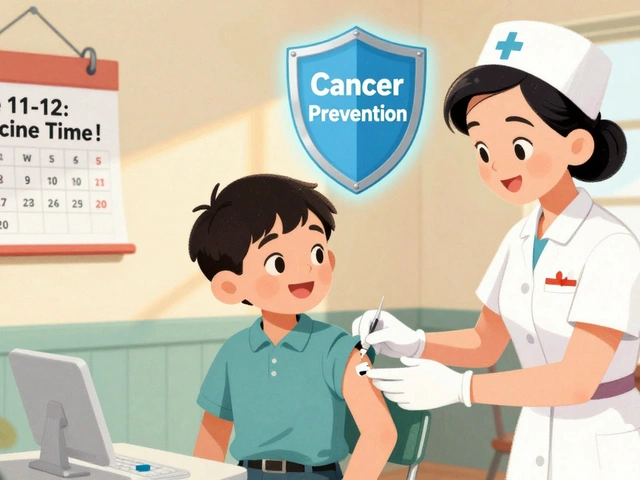
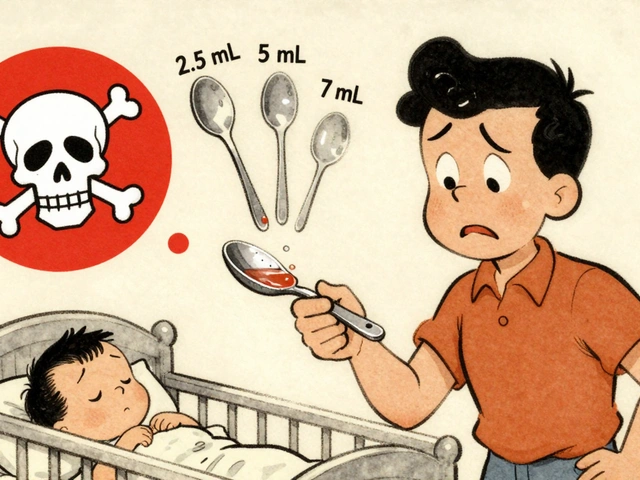
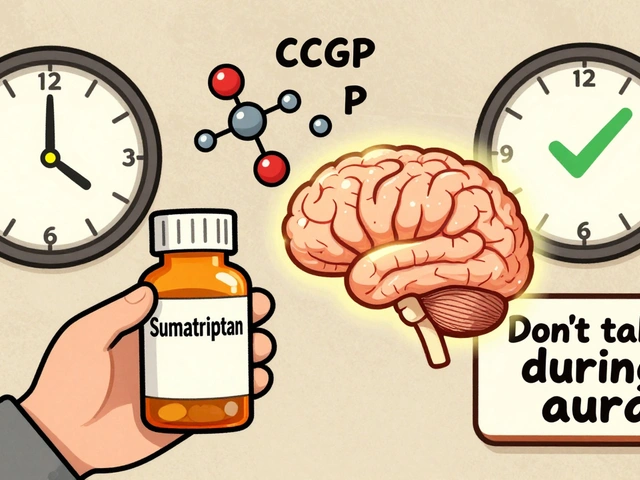
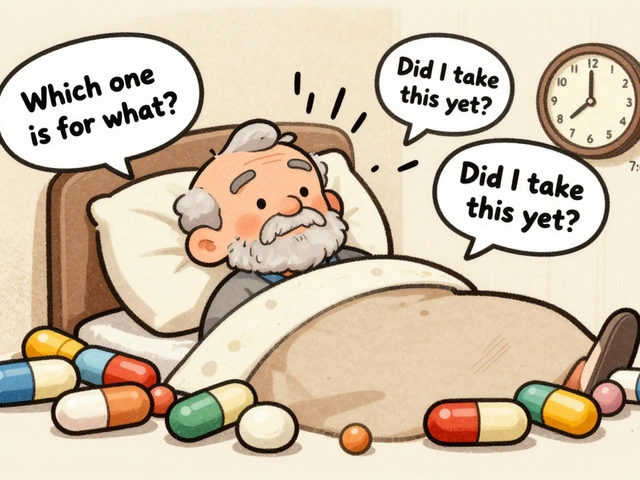
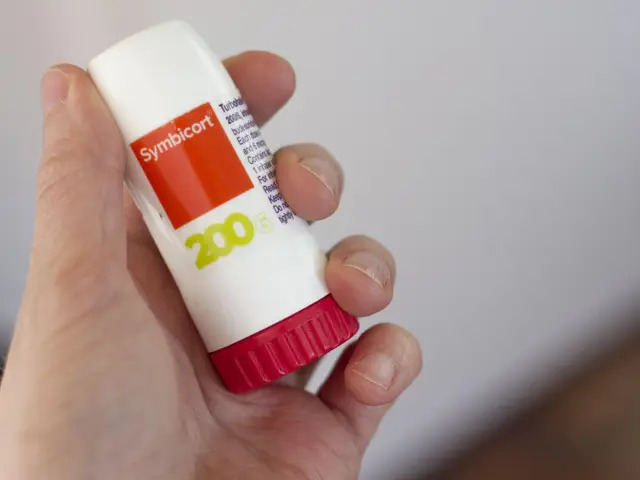
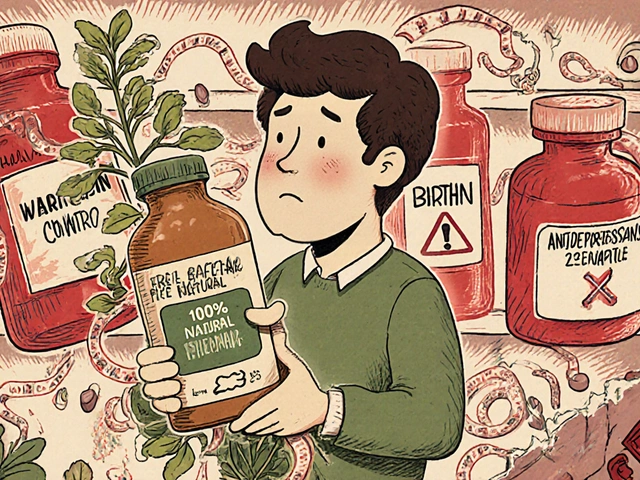

When we view a child's eye as a micro‑ecosystem, the balance between flora and pathogen becomes crystal clear.
Good hand‑washing is the primary defensive firewall against invasive bacteria.
Even the simplest act of rinsing hands with soap creates a cascade of immunological benefits.
Parents who champion this ritual are essentially cultivating a protective barrier that extends far beyond the eyelid.
Remember, the smallest habit can echo loudly in the health of our little ones.
It is imperitive that caregivers adhere strictly to the recommended dosage instructions for any ophthalmic antibiotic.
Failure to follow these guidelines could potentially compromise treatment efficacy.
Additionally, ensuring that the medication is stored in a cool, dry place will maintain its potency.
definitly, attention to storage conditions is as crucial as the application technique.
Please be vigilant about these details to avoid inadvertent complications.
Wow another guide about pink eye
Because we all needed more about eye gunk
Just wash your hands and you're done
Thanks for the groundbreaking insight
Don't be fooled by the polished brochures that claim bacterial eye infections are simple to treat.
The pharmaceutical industry has a vested interest in keeping you dependent on costly antibiotic drops.
They deliberately underplay the importance of proper hygiene, steering you toward a perpetual purchase cycle.
Furthermore, many of these “prescribed” ointments contain preservatives that can exacerbate inflammation.
If you truly want to protect your child, you must scrutinize the source of every medication and demand transparency.
Relying solely on a doctor’s script without questioning the supply chain is a naive gamble.
Thank you for sharing this comprehensive guide.
For parents looking to reinforce prevention, I recommend establishing a hand‑washing chart with stickers to make the habit engaging for children.
When using eye drops, tilt the child's head back slightly and pull down the lower eyelid to create a small pocket; this ensures optimal distribution of the medication.
Warm compresses applied for five to ten minutes, three times a day, can significantly reduce swelling and promote drainage.
Lastly, keep a small eye‑care kit in your bag-containing sterile wipes, a spare bottle of drops, and a reminder card-to handle unexpected flare‑ups promptly.
i wish my kid never got a stye lol
Really, another article telling us to wash our hands? Groundbreaking. The world needed this revelation.
In the grand theatre of pediatric health, bacterial eye infections are but a chorus of microscopic rebels demanding attention.
Yet the system feeds them by commodifying innocence, packaging ointments in sterile tubes that glitter like false promises.
Hand hygiene, a notion reduced to a checklist item, is portrayed as insufficient, as if the responsibility lies solely on the child's naive eyelids.
Parents are seduced into a cycle of purchasing-each drop a token of compliance, each prescription a seal of validation.
The true battle, however, resides in the unseen corridors of knowledge where misinformation festers.
When a caregiver neglects to sanitize shared towels, they inadvertently endorse a silent insurgency of Staphylococcus and Streptococcus.
This oversight is not merely a lapse; it is an act of complicity with an industry that profits from recurring infections.
Consider the social contract: we are taught to trust medical authority, yet we are seldom taught to scrutinize the ingredients that infiltrate a child's delicate ocular surface.
The antiseptic narrative must be reclaimed, re‑engineered, and presented without the veneer of corporate spin.
Empowering families with concrete, low‑cost interventions-like creating a dedicated eye‑care station and employing reusable, sterilizable applicators-undermines the profit model.
Moreover, transparent labeling of preservatives, many of which exacerbate inflammation, would dismantle the veil of ignorance.
Let us not forget the psychological toll on a child who watches adults scramble to patch up a simple irritation that could have been prevented.
The collective anxiety fuels demand, and the demand fuels supply-a vicious loop that only diligent, informed guardians can break.
So, arm yourself with factual data, question every prescription, and demand alternatives that prioritize health over profit.
Only then can we rewrite the script and ensure that a child's eyes remain windows to wonder, not battlegrounds of bacteriological warfare 😊.
That's solid advice, especially the sticker chart idea-it turns hand‑washing into a game rather than a chore.
Just a tiny tweak: "imperitive" should be "imperative", and "definitly" needs an "i"-"definitely". Also, consider using a semicolon in the second sentence for smoother flow.
So we are told that washing hands will prevent pink eye – a revelation that seems to have been hidden in plain sight – yet the world continues to spin with the same old eye‑gunk anecdotes – one might wonder why this obvious truth requires a twenty‑page manual – perhaps because the allure of complexity satisfies some hidden agenda – nevertheless, a simple rinse with soap remains the most effective shield – any deviation from this basic principle appears as a shortcut for the unsuspecting – and so the cycle of infection persists – a tragic comedy of avoidable misery.
Exactly! Keep it simple and stay consistent – you’ll see the difference fast.
Yo fam, think of eye drops as little rain‑storms on a desert – they douse the fire of bacteria, but only if you aim ’em right; a mis‑fire turns it into a splash party with no relief – so steady hand, cool head, and watch that eyelid flop, buddy!
In your sentence, “’em” should be “them”, and “’mist” should be “mis‑fire”. Also, avoid colloquial “Yo fam” in formal advice; replace with “Dear parents”. Lastly, the em‑dash usage is correct, but ensure spaces around it for readability.
When the curtain of ignorance falls upon a child's innocent gaze, the audience of caregivers erupts in frantic applause for the miraculous miracles of modern medicine – yet behind the applause lies a thundering storm of uncertainty, a tempest of doubt that gnaws at the very soul of parental instinct! The mere thought of a stye becomes an epic saga, a battle cry that summons every ounce of fury and desperation stored within the heart of a protector. Every drop of antibiotic is wielded like a sword, every warm compress a shield, and still the war rages on across the microscopic plains of the ocular realm. Do we surrender to the relentless tide, or do we rise, armed with knowledge, to claim victory over the unseen invaders? The choice, dear reader, is yours, and the stakes could not be higher!